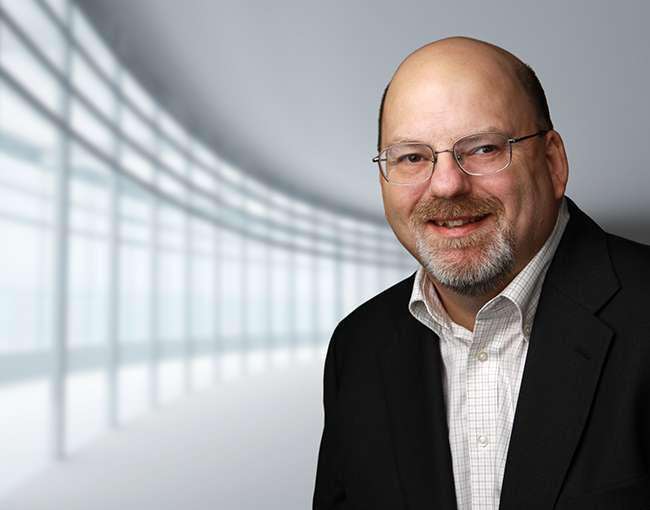
David Warfield talks US Fidelis case on CNBC’s ‘American Greed’
August 27, 2014
Financial restructuring partner David Warfield appeared on a recent episode of “American Greed,” a true crime television program on CNBC that focuses on major corporate and white collar crime stories.
In the program’s July 23 episode, “The Car Con,” Warfield talked about his role as the lead attorney for the creditors’ committee in the bankruptcy of US Fidelis, once the country’s largest vehicle service contract provider. The historic downfall of US Fidelis — and the extravagant spending of its criminal founders, Darain and Cory Atkinson — resulted in a Chapter 11 case that eventually recovered tens of millions of dollars from the Atkinson brothers that was used to satisfy consumer claims and the claims of other creditors.
As the lead negotiator for the bankruptcy settlement, Warfield offered unique insights to “American Greed” about how the Atkinsons operated their scheme and the measures they took to evade detection.
For example, “American Greed” narrator Stacey Keach details how US Fidelis used “misleading mailings and high-pressure sales” to convince consumers to buy their vehicle service plans. When customers realized that the service plans essentially covered no repairs, US Fidelis made it virtually impossible to cancel the contract — even though each contract included a “right to cancel.”
“The reason for this is otherwise the product would be insurance and it would have been regulated by the insurance divisions of each of the states,” Warfield told “American Greed.” “The sellers of vehicle service contracts did not want that to be the case, so they made the contract cancellable.”
This business model proved remarkably lucrative for US Fidelis. At its height, the company brought in $10 million a month, providing plenty of spending money for the Atkinsons. As Warfield said: “I recall at one point, Cory bought two Lamborghinis in less than two weeks. Darain wanted to build a garage under his house that was sort of like the Bat Cave, so that when the brush parted and the doors came up, he would drive up underneath, much like Batman in the old television shows.”
By 2009, several state attorneys general had launched investigations into US Fidelis. The company was facing lawsuits from consumers and a flood of cancellations. Those cancellations severely impacted its bottom line, Warfield told CNBC, because US Fidelis’ main source of income were payments from Mepco, the company that financed monthly payments plans for consumers who purchased US Fidelis contracts.
“It’s important to remember US Fidelis really didn’t have a source of income other than the amount Mepco advanced to them,” he said. “So by September or October 2009, US Fidelis had no cash flow coming in from Mepco whatsoever.” US Fidelis collapsed in December of 2009 and it filed bankruptcy in early 2010.
The success of the bankruptcy case depended on two main factors: Recovering as much as possible from the $100 million plus that the Atkinsons had paid themselves in the four years before bankruptcy, and then using the recoveries to fund a repayment plan that satisfied the tens of thousands of creditors and an ad hoc group of state attorneys general.
Warfield detailed for CNBC the process of collecting the Atkinson’s assets, including a widely publicized series of auctions. “We took back yachts, boats, cars, go-karts. Darain and Cory were go-kart aficionados. There were go-karts everywhere in the US Fidelis headquarters. Bidding was very spirited. We actually received more for the cars than their Blue Book value would indicate because Darain and Cory had become so notorious, and there was a certain cache to buying some of the assets that were taken back.”
The creditors also sold Darain and Cory Atkinson’s St. Louis mansions and other luxury real estate properties, together with substantial farm land that they had purchased from their ill-gotten gains.
The bankruptcy payment plan was eventually hammered out at a multi-day mediation session attended by about a dozen different creditor constituencies. Well over 95 percent of creditors eventually voted for the repayment plan.
David Warfield has more than 25 years' experience representing clients in connection with financial restructurings, asset liquidations, out-of-court workouts and bankruptcy cases. In 2014, Best Lawyers (by BL Rankings) named him the St. Louis Lawyer of the Year for Litigation-Bankruptcy.
